Predicting the 2026 MidTerms
How likely are deadly riots and economic collapse?
Before the arguments, statistics, and detailed analysis, I’ll summarize my predictions for the 2026 midterm elections:
Senate Republicans to win a 51 seat majority, preventing Democratic legislation.
House Democrats a 0.1% and 2.87% margin of control.
No partisan legislation will be passed between 2026 and 2028. Obamacare occurred under a 10-20% margin, and nothing like that has been accomplished since. Instead, Trump’s success or failure will determined by his ability to defeat circuit court orders via the Supreme Court.1
My reasoning is based on two facts:
Voters usually express “remorse” for the presidential winner, and swing toward the opposite party.
There are seven things which voters care about that have a 20-90% chance of going badly for Republicans.
These seven things are:
23% chance of recession by 2026;
30% chance that tariffs hurt voters, even without a recession;
38% chance of minor riots (Gaza Protests or larger);
50% chance that unpopular messaging on abortion hurts Republicans;
70% chance that the cost of housing remains high, as deportations fail put a dent in population growth;
80% chance the cost of education increases;
90% chance the cost of healthcare increases.
Full Explanation:
For conservatives, Trump is the greatest president ever. He is in the process of:
preventing WWIII by becoming directly involved with Gaza and abandoning the League of Nations — I mean, NATO;
deporting criminal cat-eating illegal gang rapists;
deconstructing DEI, affirmative action and anti-white racism;
forcing groomers to use the little boy’s room, rather than the little girl’s room;
making America respected again by bombing Somalia;
destroying globalists with massive tariffs;
protecting American workers from outsourcing;
rescuing the Panama Canal and Greenland from imminent Chinese invasion;
renaming “Mount Woke Liberal” back to “Mount McKinley”;
renaming the Gulf of America, and raising the sea level with liberal tears.
Here’s Nick Fuentes, Trump’s biggest far-right critic:
This tweet has less to do with the specific vacillating political opinions of a mixed-race Papal Neo-Nazi, and more to do with “reading the room” of the far-right.
Assuming that a war with Iran doesn’t happen, and deportations continue, Trump’s presidency will meet the MAGA Gold Standard.

But despite these “successes,” Metaculus shows a small chance of a positive approval rating by the end of 2025. Here’s Trump’s current favorability:
Despite the sadistic glee that Trump is providing the right, his favorability is down, and is not likely to increase. This is because Trump can’t do much to increase his favorability among Republicans — he is already “maxed out” at his historical ceiling of 80%. His decline in favorability isn’t evenly distributed throughout the population, but a result of moderate, independent, and liberal voters becoming alienated from him. Those are the voters that matter in the midterms.
Moderates and centrists don’t care about race, sexuality, or foreign policy as much as the “base voters” do. So, what do moderates and centrist voters want?
Good, smooth, steady economic growth (jobs, jobs, jobs);
Healthcare, education, and housing;
Low crime, no riots;
Abortion.
In 2020, Trump lost because of:
Volatile economy;
The cost of healthcare, education, and housing increased;
Crime increased;
Riots were at their worst in 28 years;
Abortion rights were not protected.
In 2024, Kamala lost because, under Biden,
Inflation was bad, and jobs mostly went to immigrants;
The cost of healthcare, education, and housing continued to increase;
Crime decreased, but not quickly enough for voters to forgive and forget;
Biden was hurt by performative “defund the police” rhetoric and was never able to overshadow this perception with bold action;
College students rioted over Gaza;
Trump promised no federal abortion ban, and his wife came out as pro-choice.
Let’s examine each of these issues for 2026, to see how Republicans are likely to perform.
Abortion:
The best case scenario for Republicans is that they never talk about abortion, and states liberalize abortion laws without opposition. This would deflate most energized leftists, including myself. Abortion is 50% of the reason I vote Democrat.
Can Republicans abandon abortion? It’s possible, but I don’t think it’s the most likely outcome.
Some Republicans cannot help themselves, and will commit unforced errors by highlighting an issue where they are unpopular. All it takes is one soundbite of a Republican calling abortion “Satanic,” as Blake Masters did. We might see a re-run of the 2017 Roy Moore campaign, where a single creepy Evangelical spoils it for the rest of the Republican Party.
I give Republicans a 50% chance of “flying under the radar” on abortion. That means committing no unforced errors that rile up Democrats and moderates against them. There is a 50% chance that some Republican will say “these cat ladies are sacrificing kids to Satan!” and it will hurt Republicans in 2026.
Riots:
This is going to be the longest section; scroll down to the next section if you don’t think riots matter. But I’ve heard you guys like long articles, so here we go:
A 𝚛𝚎𝚟𝚒𝚎𝚠 𝚘𝚏 𝚛𝚒𝚘𝚝𝚜 𝚘𝚟𝚎𝚛 𝚝𝚑𝚎 𝚕𝚊𝚜𝚝 𝟸𝟻𝟶 𝚢𝚎𝚊𝚛𝚜 𝚘𝚏 𝙰𝚖𝚎𝚛𝚒𝚌𝚊𝚗 𝚑𝚒𝚜𝚝𝚘𝚛𝚢, 𝚊𝚗𝚍 𝚝𝚑𝚎𝚒𝚛 𝚕𝚒𝚔𝚎𝚕𝚒𝚑𝚘𝚘𝚍 𝚘𝚏 𝚘𝚌𝚌𝚞𝚛𝚛𝚒𝚗𝚐 𝚒𝚗 𝚝𝚑𝚎 𝚗𝚎𝚡𝚝 𝚝𝚠𝚘 𝚢𝚎𝚊𝚛𝚜 𝚘𝚏 𝚃𝚛𝚞𝚖𝚙.
Brief overview of the last 30 years:
The LA Riots (Bush Sr.)
Ferguson Riots (Obama)
BLM riots (Trump)
Gaza Riots (Biden)
The only President of the last 30 years without any major riots to his name was Bush Jr.2 Some say it’s because “hating Muslims” helped temporarily heal the divide between blacks and whites. Nothing heals racism between two races more than hatred of a third race.
Will America experience more riots before 2026?
Per Capita Participation
I generated a per-capita estimate of every riot in American history.
To put these riots in perspective, I compared them with the single largest battles of the Revolutionary War (Battle of Long Island), and the Civil War (Battle of Gettysburg). Riots have nothing on wars.
Including the Revolutionary War, Shays’ Rebellion, and the Civil War, there have been nine “extremely significant” riots in American history. The average time between each one is roughly 30 years.
There are patterns of escalation, followed by de-escalation:
31 years before the Civil War, race riots escalated;
After the Civil War, there were 25 years of relative calm.
26 years before WWI, the Socialist Riots of the 1890s escalated, and were later overshadowed by race riots.
Peak #1: Pullman Strike of 1894
Peak #2: Red Summer of 1919
After 1921, riots calmed down for 22 years.
Riots peaked sharply during WWII
Peak: in the Detroit Riot of 1943
After 1943, riots calmed down for 20 years.
From 1965 to 1968, riots were intense.
Peak: Watts Riots of 1965
After 1968, things started to calm down for 24 years.
In 1992, the LA Riots stand out as a fifth peak of riotous activity.
From 1993 to 2019, there were very few riots for 26 years.
Were the BLM Riots of 2020 a peak, or the beginning of a new cycle of escalation?
My purpose here isn’t to prove that riots occur due to astrological or Spenglerian cycles, but to compare historical trends to see what is plausible for the future.
If the trend continues, we should expect another “extremely significant” riot, similar to BLM, by 2050. Given the minimum period of 11 years, it is possible that another “extremely significant” riot could occur by 2031. The worst riot of all time was Shays’ Rebellion, and if something of that scale that happened today, it would involve 194,947 people.3
What about small riots? How often do these occur?
10 years is a long time for no riots to occur at all. The frequency of small riots has been increasing over time, possibly due to increases in literacy, newspaper distribution, radio, television, and now the internet and social media. In total, the average time between riots is 3.51 years.
If we assume that the time between riots is normally distributed, we can find the bell curve which best fits this data, and predict the cumulative probability of a minor riot. If we don’t count the Gaza Protests as riots, and only count BLM, here’s what we get:
By end of 2025: 30.9% chance of a minor riot.
By end of 2026: 38.2% chance (midterms)
By end of 2027: 48.0% chance
By end of 2028: 58.7% chance (election year)
By end of 2030: 78.2% chance (Vance midterms)
By end of 2032: 90.9% chance (election year)
If we count the Gaza Protests as riots, then the chance of a riot by 2026 is 38.2%.
Per Capita Death Count
When we look at deaths due to riots per capita, BLM shrinks into oblivion. In order for a riot to be considered “extremely significant,” it has to kill more than 0.0001% of the population (only one tenth of those who die each year from the common cold). There are seven riots in American history which meet this standard:
1786, Shays’ Rebellion, under President Gorham
The Civil War Riots:
1831, Nat Turner’s Rebellion, under Jackson (D)
1863, New York Draft Riots, under Lincoln (R)
1866, Memphis Massacre, under Johnson (D)
The Klan Riots:
1917, East St. Louis Massacre, under Wilson (D)
1919, Red Summer, under Wilson (D)
1921, Tulsa Riot, under Harding (R)
An “extremely significant” riot in 2025 would kill 350 people. This is a low bar, considering that car crashes, colds, drugs, drinking, fires, suicide, and accidental poisonings all kill more than 350 people each year. In fact, 8,990 people die every day in America. Despite this low bar, America has not had an “extremely significant” riot since 1921. Despite all the property damage that occurred during the race riots of the 1960s, it was mostly black people burning down their own neighborhoods, not fighting police or whites, who avoided confrontation.
What about economic damage?
If we assume that the cost of murder is $17.25 million, then a riot killing 350 people would cost $6.04 billion dollars. This would be at least 3x greater than the BLM riots.4
If I had access to property damage figures for all of America’s 60 historical riots, I would run that analysis as well. But, just comparing them to the LA riots, the final cost of BLM was, at most, 2x that of the LA riots. However, we have to consider that the costs of BLM were geographically distributed, while the costs of the LA riots were concentrated. This should help dispel the notion that the BLM riots were “especially bad” compared to historical riots.
summary of the science of Tumultology:
Of the seven “extremely significant” riots, there are three clusters:
Pre-Washington Unrest (1786)
Pre-Civil War Unrest (1831-1866)
Klan5 Unrest (1917-1921)
There were 45 years between the Pre-Washington Riots and the Civil War Riots; there were 51 years between the Civil War Riots and the Klan Riots. Since 1921, it has been 104 years. Is America overdue for an “extremely significant” riot? Looking at the problem qualitatively, it seems unlikely.
There’s only one issue in post-Washington America that causes “extremely significant” riots: black people. How are black people feeling about Trump? The evidence from 2024 is that young black men voted for him in record numbers (as high as 25%). Therefore, I do not anticipate any “extremely significant” riots over the next two years.
A 38.2% chance of a small riot (over 1,000 people fighting cops, possibly 1 or 2 deaths) occurring before the midterms seems reasonable. The likelihood of another BLM riot would be less than 7%, since only 11.7% of all riots are “extremely significant.”
Perhaps the Gaza ceasefire will be broken, and Israel will resume its war in Gaza. That could result in protests which exceed the scale of the campus protests of 2024, but I would not expect it to reach the heights of BLM.
Crime:
I expect overall crime to continue to go down under Trump, as it did under Biden. The BLM effect on policing was temporary.
Healthcare:
I expect the cost of healthcare to increase under Trump. I don’t think he will be able to pass any bill to ease the burden of healthcare coverage for middle class Americans.
Education:
If Trump defunds universities, this may lead to lower costs for students. The logic behind this is that:
Reductions in funding will lead to universities to declare bankruptcy or cut humanities programs.
This will lead to a “status crisis” and undermine the prestige of college degrees, leading to decreased demand for college degrees.
Decreased demand will result in lowered prices.
I give Trump a 10% chance of defunding universities, resulting in a massive restructuring of the university system. It is more likely that Trump will threaten universities for symbolic concessions.
If I’m wrong, and Trump pulls this off, it would look something like this in the first stage:
Pull funding from all universities which teach Critical Race Theory;
1% of universities immediately close, in protest, and try to fight the order through the Supreme court;
90% of universities offer token compliance, renaming various classes and trying to fly under the radar;
9% of universities comply by eliminating their Social Science departments, and rebuilding them according to Trumpian standards.
Given the slowness of the legal process, Trump would have to spend the next two years fighting legal battles. If successful, by the beginning of 2026, you would see the following in the second stage:
10% of universities would shut down permanently, like small liberal arts colleges.
These colleges would liquidate their assets, be bought up by the government (using the withheld federal funds) and converted into “Trumpian” universities.
80% of universities would continue token compliance, and continue to teach Critical Race Theory, but do so under code-words. This would result in lower enrollment, as it would destroy the prestige of these institutions and result in lower enrollment demand.
10% of universities fully comply with the Trump standards, which would also lower their prestige among liberals and decrease enrollment demand.
Universities are not just educational facilities; they are housing facilities. In real estate, if people leave an area, the price of rent falls. If Trump went to war with universities, it would disrupt enrollment, which would reduce demand, and ultimately lead to lower tuition costs.
This is highly unlikely, and I would give it a 10% chance. It is more likely that Trump’s war with the universities will be less systematic and more symbolic. Universities will resist having their funding pulled, and will offer Trump “token compliance.” Trump will be happy to declare “mission accomplished,” but this won’t result in reduced cost of tuition.
In summary, 10% chance that Trump “fixes” education by destroying the woke mind virus; 90% chance that the cost of college continues to increase or remains relatively high.
Housing:
If Trump deported 30 million people, this would decrease the cost of housing. But this is extremely unlikely. If I had to guess, Trump will deport only 219,000 people by the midterms. This isn’t enough to have an effect on the price of housing, since it represents less than 0.1% of the population. If demand for a good lowers by 0.1%, this isn’t enough to lower the price in an appreciable way that voters will feel by 2026.
In areas with high percentages of immigrants, the Trump effect on housing might be larger, maybe as high as 1%, but this is still not enough for voters to notice, since prices lag behind demand, especially in a market which moves as slowly as housing.
Furthermore, Trump might increase legal immigration through the H-1B program, which would result in a net increase in housing demand. That’s not the most likely outcome, but it is something to take into consideration when trying to form a probabilistic model.
Non-Tariff related recessions:
How likely is a recession by 2026, unrelated to tariffs? For example, AI is currently propping up a bloated tech sector, and if something goes wrong with that, the bubble will pop. The AI bubble could pop in one of three ways:
AI catastrophe: something crashes or explodes, leading to greater regulation and decreased investment and consumer spending.
AI disruption: AI causes millions of Americans to temporarily lose their jobs, which leads to a “great reshuffling.” Eventually, AI creates new jobs to replace the old ones, but the process involves short-term pain.6
AI disappointment: like the Dot-Com bubble of 2000, AI is real, but investors are overly optimistic. Some AI-related ventures are fake businesses, like Mark Cuban’s fake streaming service.
AI disappointment is the most likely. There’s not much Trump can do to prevent this, similar to how he couldn’t have prevented COVID. Most tech bubbles pop within 2-7 years.7 I expect the AI bubble to burst by 2029 with a 50% chance; 20% chance of an AI bubble burst by 2026. My “educated guess” is lower than the 23.2% given by the New York Fed for a recession by January 2026.
I will also mention that back in 2022, Larry Summers predicted an 89% chance of a recession by 2024. Why did he get this wrong?
He wasn’t alone. From 2022 to 2024, most economists were predicting a recession. This is in part due to the 10-2 treasury yield. I won’t explain the mechanism behind this predictor, but the pattern to watch is that every time the 10-2 TY falls below 0, there is usually a recession to follow. This as the case in the 80s, in the 90s, in the 00s, in 2008, and it even predicted the COVID recession of 2020.8
In 2022, the 10-2 TY dipped below 0 again, in a significant way that would generally predict a recession. If a recession does not occur in the next year, that would be the first time since 1980 that a 10-2TY <0 didn’t predict a recession. Is there something special going on in 2025 that could help the economy buck 50 years of precedent?
AI is the threat, but also the opportunity. If AI can increase productivity by 40%, for example, it could “hide” or “override” other economic fundamentals, like declining consumer demand, inflation, or unemployment. The problem for Trump is that, even if AI saves the economy from a “paper recession,” and the SNP500 rides higher, increasing income inequality could still hit voters.
It’s entirely possible that by 2026, the overall economy grows, benefitting educated and wealthy Americans, but that uneducated Americans experience stagnation or even a decline in wealth.
Tariffs and the Economy
Trump has three big policies: deregulation, low taxes, and tariffs.
The first two are good for the economy, at least in the short term. I think clean air and clean water are worth sacrificing GDP for, but short-term voters don’t care about that. However, tariffs are not good for short-term economic growth.9
Tariffs will decrease wages, increase inflation, increase unemployment, and reduce the number of people willing to pay for my Substack. We will all suffer.
Traditionally, manufacturing jobs helped blue collar workers, which did have a significant impact on voting patterns. Now, with automation, this is no longer the case. Look at Tesla, where Elon Musk claims you don’t need a college degree:
Elon isn’t lying, though, when he claims that he tries to hire more working class people than other manufacturing companies. With the exception of BMW, most automotive companies discriminate much more than Tesla in favor of college degrees:
When Trump promises to bring back manufacturing at the expense of short-term growth through tariffs, he is favoring college educated voters much more than working class voters. In the long term, protecting manufacturing might be the best decision from a militaristic point of view, but it will not help working-class voters in time for the midterms.
If Trump really wanted to win working class votes for 2026, he should consider giving restaurants, retail stores, or grocery stores some sort of tax break, or offer some sort of permanent UBI. This would be less harmful for the overall economy, and disproportionately benefit low-income voters.
The Best Case for Trump’s Tariffs
The current hope of economists is that Trump will gain some political concessions out of these tariffs, and then quickly end them. For example:
Canada will promise to increase funding against drug smuggling;
Mexico will promise to increase funding for border patrols to prevent migrants from escaping Mexico;
The EU will promise to meet the 5% benchmark on defense spending set by Trump in exchange for no tariffs;
India will build a giant statue of Trump, and pray at it daily.
The China tariffs seem the most “sticky,” since it would be difficult for the Chinese to demonstrate to Trump sufficient “fealty” for him to “declare victory” against them.
We’ve already seen Trump announce tariffs, and then roll them back, in the case of Colombia. This is because the Colombian government is weak, and is dependent on trade with America. The Chinese government, on the other hand, may choose to escalate the trade war, which would be bad for both countries. But China does not have elections, and America does.
The Chinese strategy might be to punish Trump in the 2026 midterms, knowing it will hurt Republicans, and then try to make a deal with Democrats for 2028. If the economy worsens by 2026, this will be blamed on Trump’s tariffs, and moderate/centrist/independent voters will swing toward Democrats.
Breaking Down My Predictions:
Here’s the Senate map for 2026, showing the incumbents in each state. Here’s what it looked like in 2024:

The weakest states for Republicans are Maine, Michigan, North Carolina, Georgia, and Texas. I predict Democrats will hold Michigan, Georgia, and North Carolina. I do not predict that Democrats will be able to win in Texas, because Hispanics will continue to culturally shift toward Republicans under Trump.
I predict that Susan Collins will lose in Maine, D+1.
Thom Tillis will lose in North Carolina, D+1.
It’s possible that there could be a crazy upset in Iowa, with Joni Ernst losing. She is a pro-life Republican, but she also supports transgenders in the military. That was her position in 2017, and it could come back to haunt her in the 2026 election, by sucking away needed Republican support.
Since Republicans currently have 53 seats, plus Vance as tiebreaker, they will be reduced to a 51 seat majority. This means if two Republican senators defect from the party, Republicans won’t get anything passed.
As far as Congress goes, Democrats only need to win 3 seats to eliminate the razor thin Republican majority.
I expect:
Don Bacon to lose in Nebraska;
Mike Lawler to lose in New York;
and Brian Fitzpatrick to lose in Pennsylvania,
since Kamala won these counties in 2024. That will destroy the Republican majority and give the Democrats a 1 vote majority.
Besides these “likely to flip” seats, Republicans have some thin voting margins for the following:
In California, Young Kim;
in Florida, María Elvira Salazar;
in Iowa, Mariannette Miller-Meeks is vulnerable, as a pro-LGBT and pro-immigrant Republican, and possibly also Ashley Hinson and Zach Nunn;
in Michigan, Tom Barrett and John James
in New Jersey, Thomas Kean
in North Carolina, Don Davis
in Pennsylvania, Ryan Mackenzie
in Virginia, Jen Kiggans
in Wisconsin, Bryan Steil
In total, I’ve identified 12 “vulnerable” Republicans whose defeat would not be extremely surprising. If Democrats won all 12, plus the 3 “likely to flip,” that would give the Democrats 230 House seats, and leave the Republicans with only 203. This would give Democrats control of 52.9% of congress, a 2.87% margin of control. That is, historically speaking, a razor thin margin itself, and not enough to pass transformative legislation, but still more than the Republicans have now.
If the Democrats only flip 3 seats, they will have a 218 seat majority, which is the same as the Republicans have now, which is a 0.1% margin.
Foreign Policy.
I’ve covered the impact of Ukraine and Iran extensively in my predictions for 2028. Those predictions still hold, but I wanted to get a bit more granular in my predictions for 2026. If I were to include the impending disasters in Ukraine and the Middle East, the situation for 2026 would look much more dire.
Foreign policy is the area where I am the most hopeful that Trump will surprise me. I am a globalist interventionist neo-liberal. Although MAGA is full of neo-isolationists, Trump has picked many establishment “deep state” types who might have something crafty up their sleeves.
For example, in Ukraine, Trump could end the war, but also help rebuild the Ukrainian military, which would be a net gain for NATO (as opposed to letting Russia take the whole country through forced demilitarization). In Iran, as long as Trump resists the temptation to go to war, he might be able to continue his record of achieving normalization between Israel and Arab nations.
Abandoning Ukraine or a war with Iran would be disastrous. In the former case, voters don’t care. In the latter case, Presidents who start wars are rewarded electorally. My opposition to Republicans pits me against the voters. In terms of the 2026 midterms, Trump’s foreign policy is probably a net win with voters.
Looking at Trump’s first term, he did not actually do anything radically different in Syria, Iraq, Afghanistan, or Ukraine. He funded Ukraine; he didn’t start wars, but he didn’t pull out either. He cautiously and carefully kicked the can down the road. I expect him to continue that policy in his second term. No abandoning Ukraine completely, and no invasion of Iran. No net impact on the midterms.
I would feel more comfortable with President Kamala right now, but I think it’s a 5% chance of disaster with Kamala vs a 10% chance of disaster with Trump. Enough to decide a vote, but not enough to weigh heavily in the probability of how the midterms shake out. If there is a war coming, it will likely come too late for it to affect the midterms.
Conclusion.
Since I put all my conclusions at the top, and my reasoning at the bottom, there’s nothing to summarize. If you forgot what I said, scroll to the top and give yourself a little refresher.
I would be extremely surprised if Republicans hold the House in 2026 (1% chance). I would be catastrophically surprised if Republicans make gains in the House and Senate in 2026 (0.1% chance). I don’t think these are controversial positions, because Republicans only hold razor thin margins, and voters usually “swing back” from their presidential vote. For example, 2008 vs 2010, or 2016 vs 2018.
But if Democrats act really silly, and they make David Hogg the vice chair of the DNC, they might just be able to snatch defeat from the jaws of victory. Inside the Democrat, there are two wolves: victimhood milkers, and a man with a PhD in physics. We’ll see which wolf wins in 2026.10
If something crazy happens, like Trump building a golden tower in Gaza, all of these predictions mean nothing. But hope you had fun reading them anyway.11
Litigarchy.
The biggest battle will be Birthright Citizenship. I don’t know Roberts, Amy Coney Barrett, Gorsuch, or Kavanaugh well enough to tell you how they will vote. The problem for constitutional literalists is that the text:
“All persons born or naturalized in the United States, and subject to the jurisdiction thereof, are citizens of the United States and of the State wherein they reside.”
Maybe you can do something with “subject to the jurisdiction thereof” by claiming that if someone is a Chinese citizen, they are not subject to American laws, like the obligation to pay taxes or register for selective service.
No one remembers the Cincinnati Riots, because 9/11 happened 5 months later.
In this analysis, I estimated there were only 150,000 BLM rioters. This is because I estimated that 1% of those involved in protests were rioters. If you disagree with this, then we should consider BLM to be the worst riot in all of American history, which it clearly was not. A better way to qualitatively assess the impact of riots would be to look at the number of deaths caused by each riot.
The cost of BLM was probably only $500 million to $1 billion, according to most estimates, but I use the higher $2 billion figure to reflect the costs of white flight and real estate depreciation. I’m trying to steel-man the position that BLM was the worst thing to happen of all time, to disprove the argument.
This was the period when the KKK grew the quickest and became the most popular. Although these riots were not all caused or fomented by the Klan specifically, they fall within the “Klan Era.”
To be clear, I’m not suggesting that AI will permanently raise unemployment.
The internet began in 1993, and burst in 2000. COVID began a tech bubble in 2020, which burst in 2022.
This last one is odd, because, supposedly, COVID was a freak force of biology which led to extreme regulatory suppression of economic activity. COVID shouldn’t have been predictable by a mechanism of the business cycle. My theory is that many companies and governments saw COVID was an excuse to “clear house” by artificially inducing a recession under the guise of “an unavoidable health crisis.” Not a conspiracy, but emergent forces due to political incentives.
There is a long-term national security argument for tariffs, which I will briefly make:
If you make cars, for example, you can convert your car factories into tank factories. The greater amount of manufacturing in general, the more easily you can convert your economy into a wartime economy. A country which ships all of its manufacturing overseas will not be able to fight wars.
Russia has consistently outperformed the West in its production of bullets, tanks, and artillery shells, despite the fact that Russia has an economy the size of Italy. This isn’t because Europeans and Americans can’t do those things, but because our share of manufacturing is much smaller as a percentage of our overall economy. This is partially due to offshoring, but also because German manufacturing was dependent on Russian energy prior to 2022. The increase in the price of energy has made it expensive for Europe to increase its manufacturing production.
Leaving this long term argument behind: None of these national security concerns have any bearing on the 2026 midterms.
Bill, Jerry, and Shri. Are you surprised that the only congressmen with a PhD in STEM are Democrats?
Still, never underestimate the incompetence of the Democratic Party. If most Republicans are actors too ugly to make it in Hollywood, then most Democrats are bureaucrats too dumb to make it in academia.


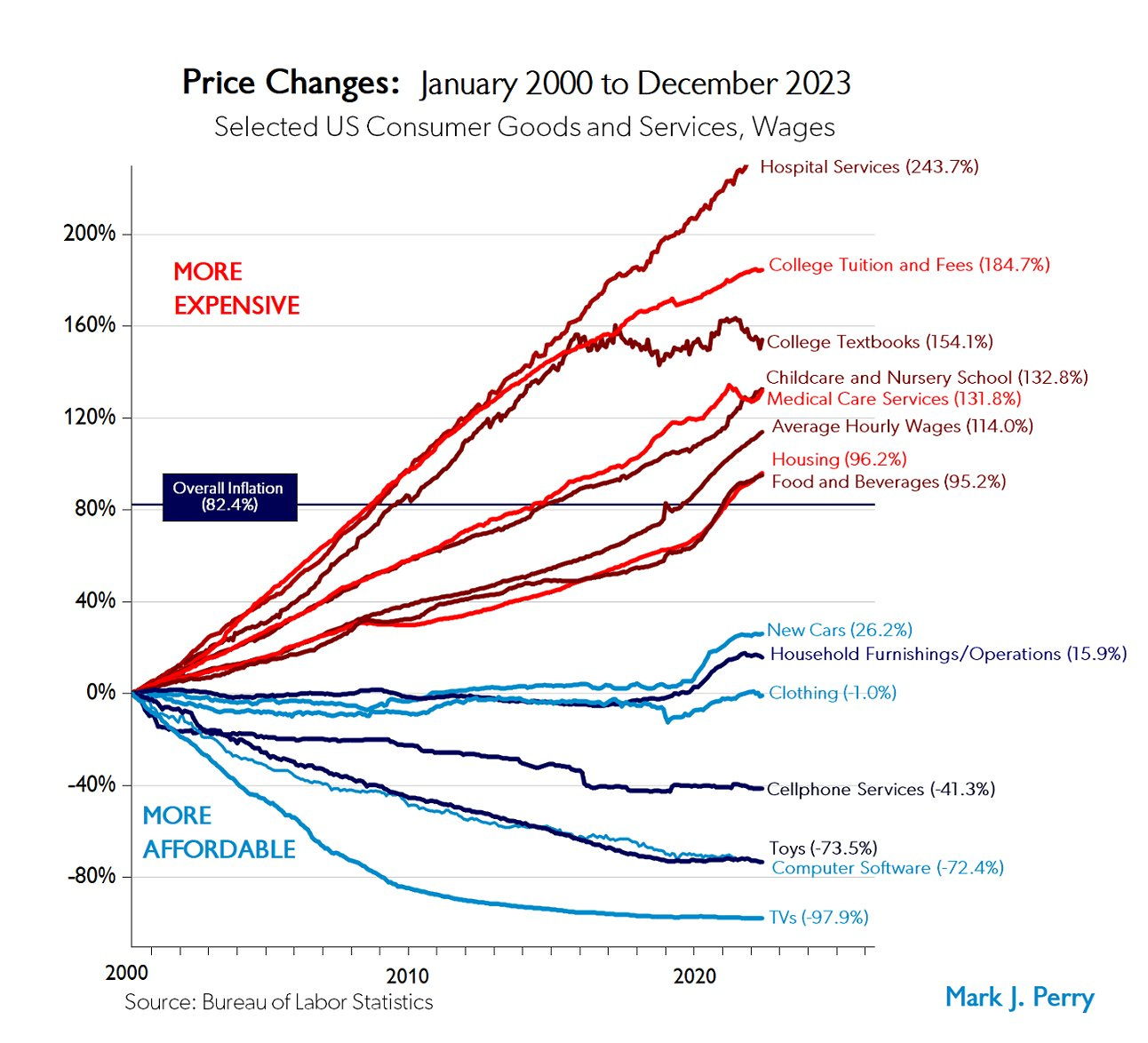
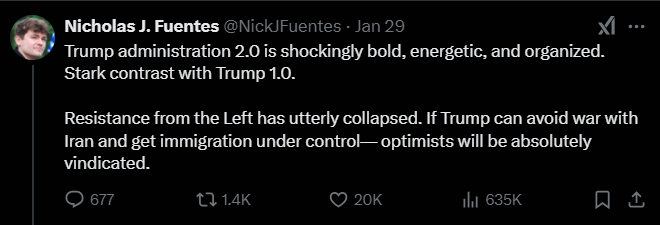
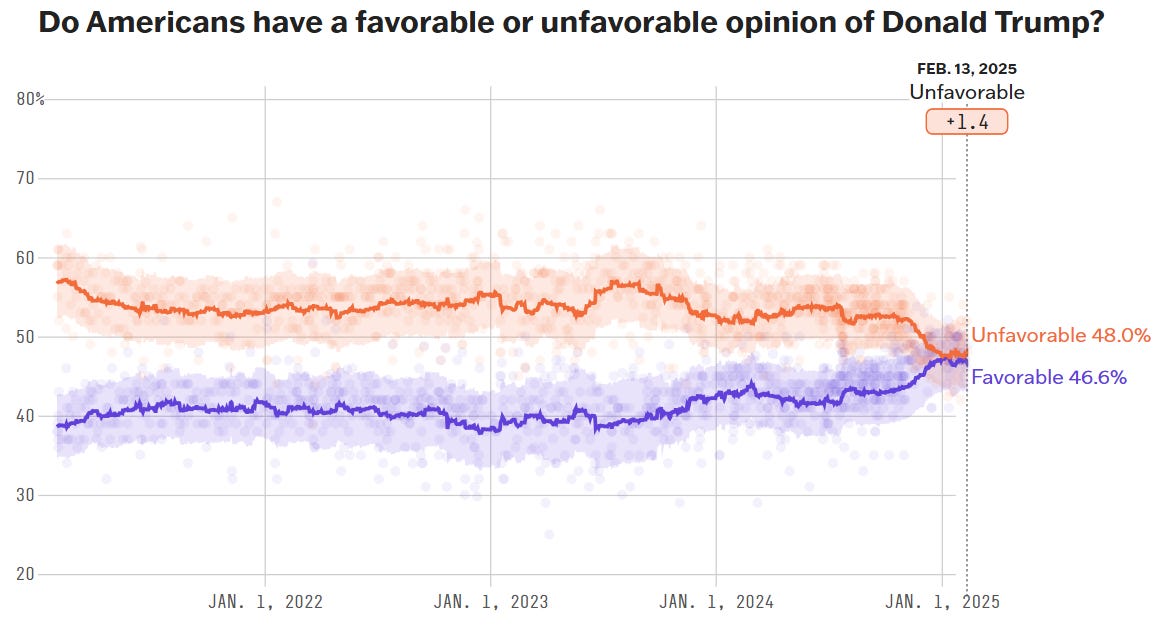
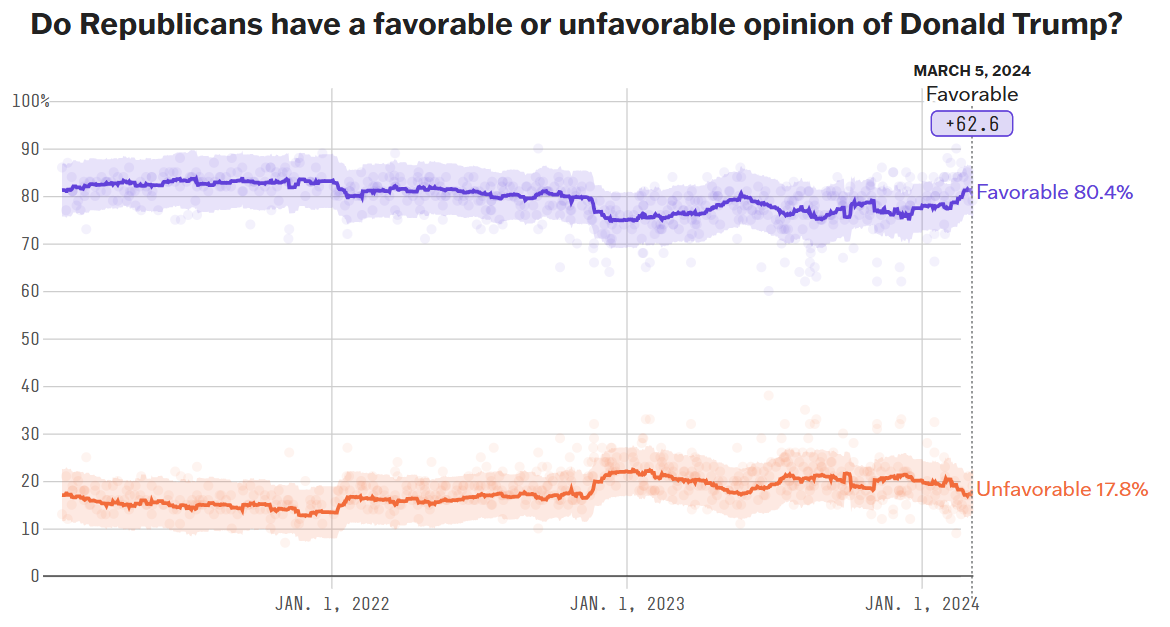
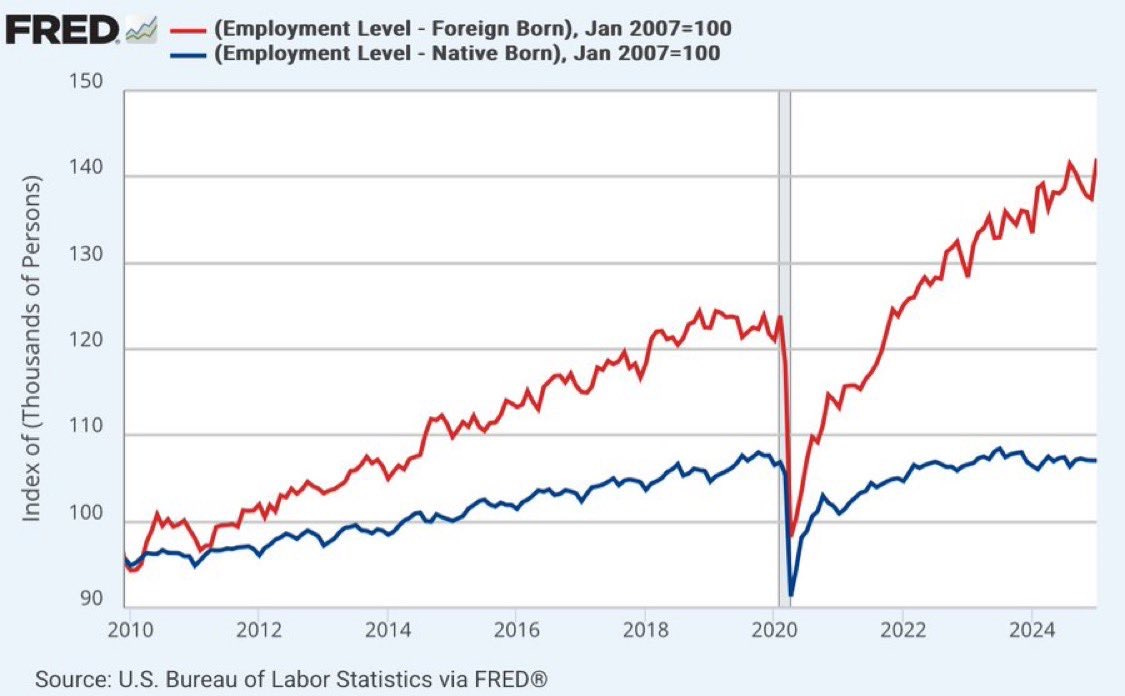



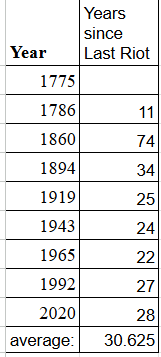
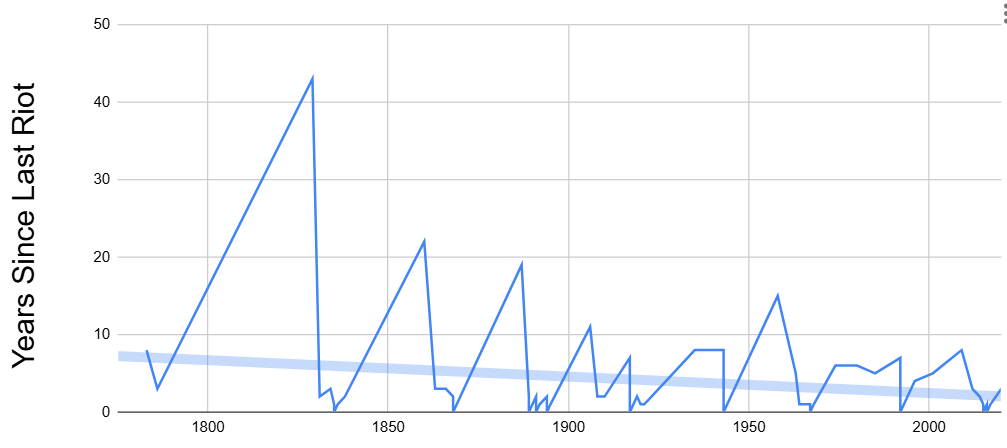


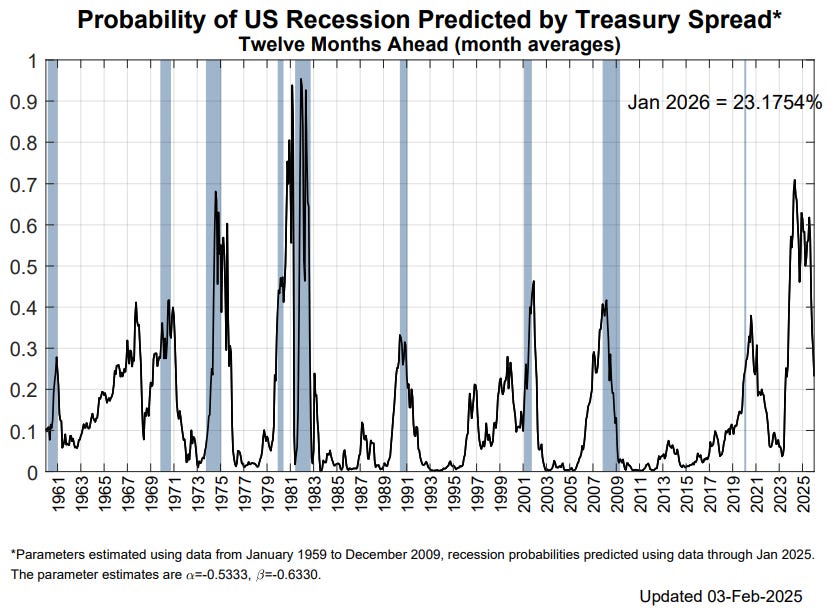
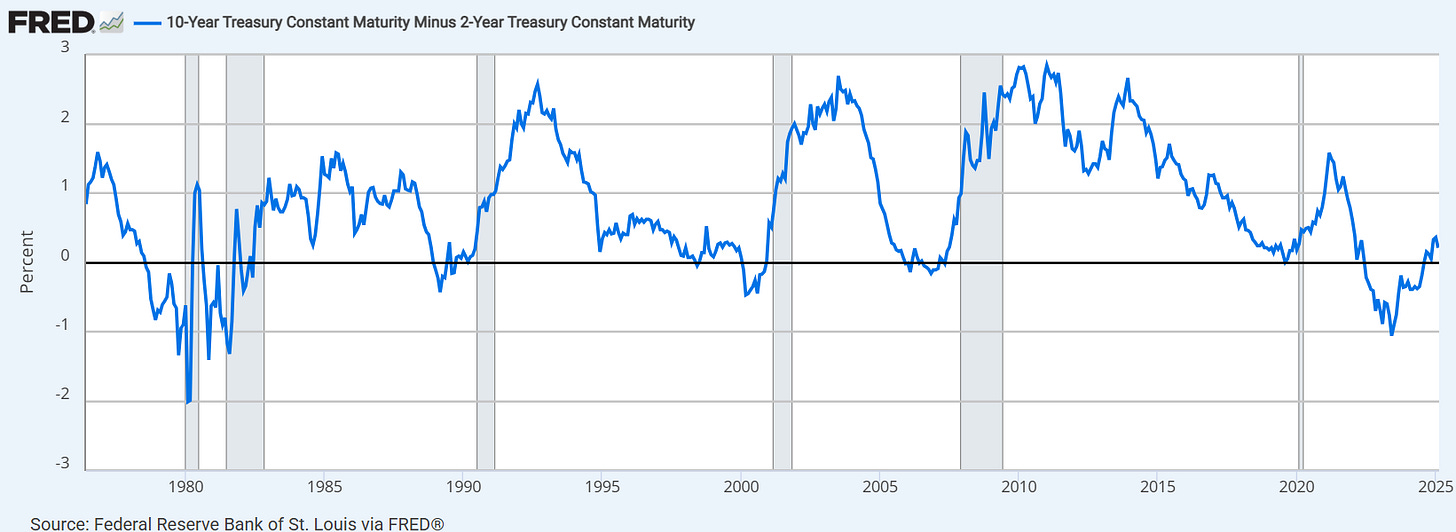
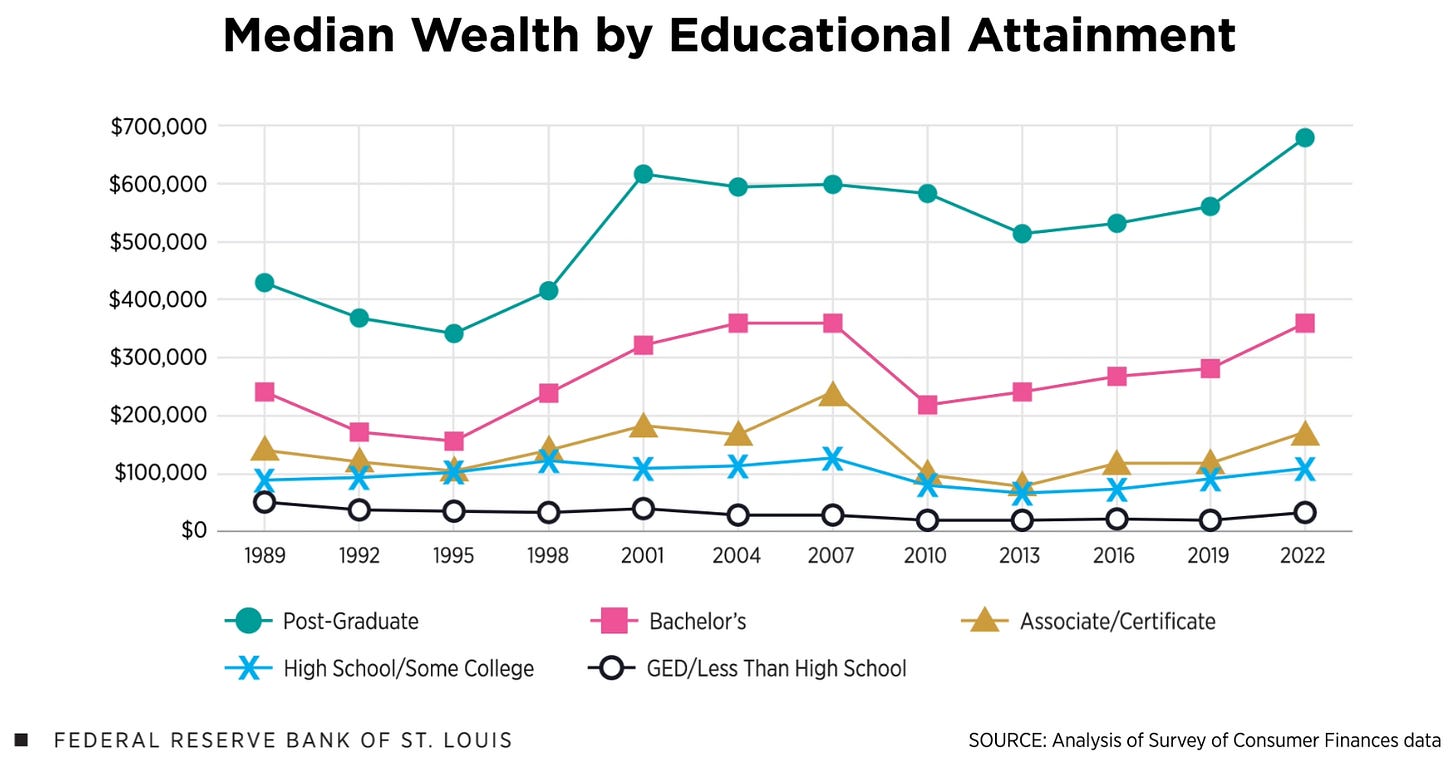
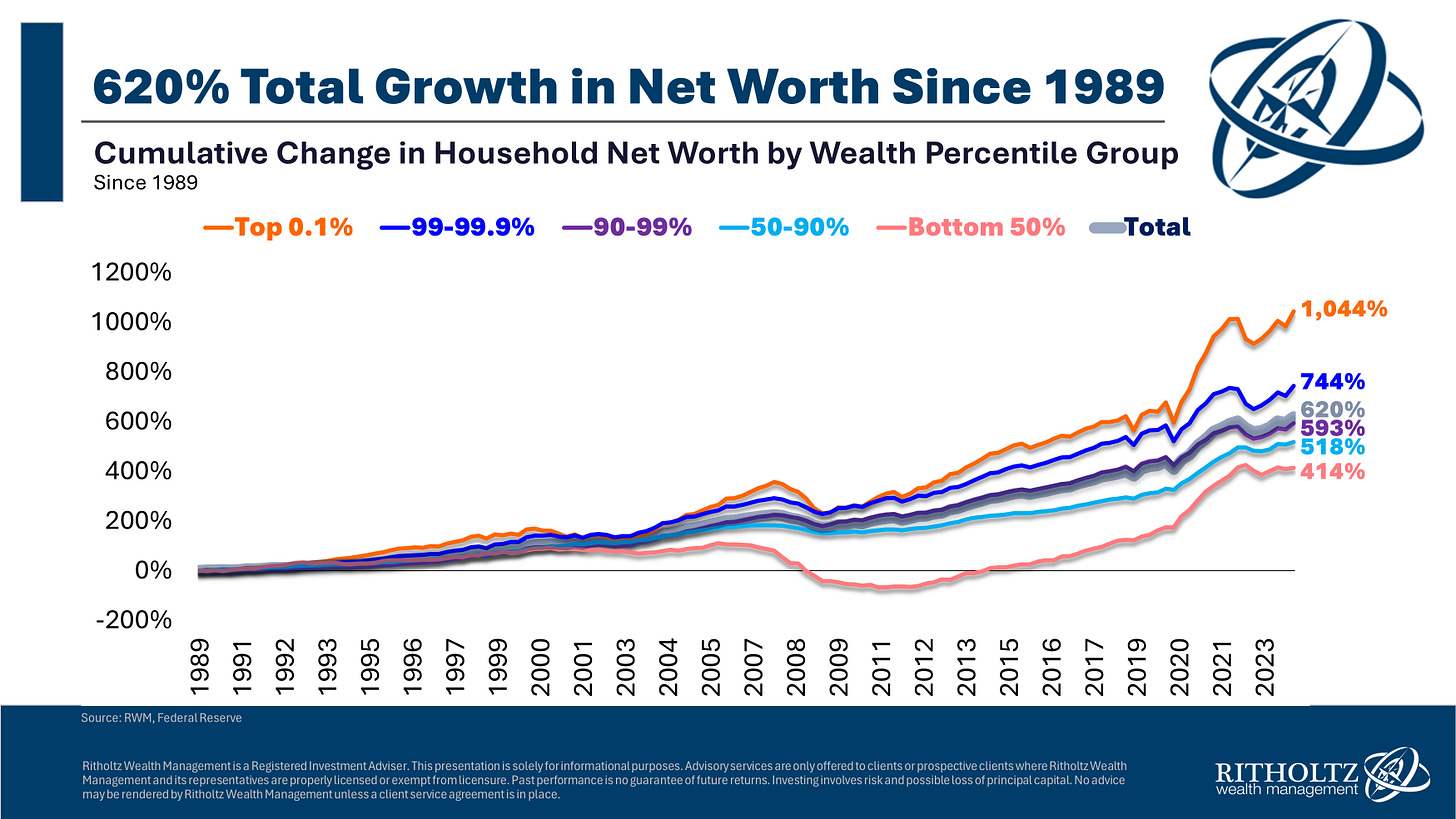
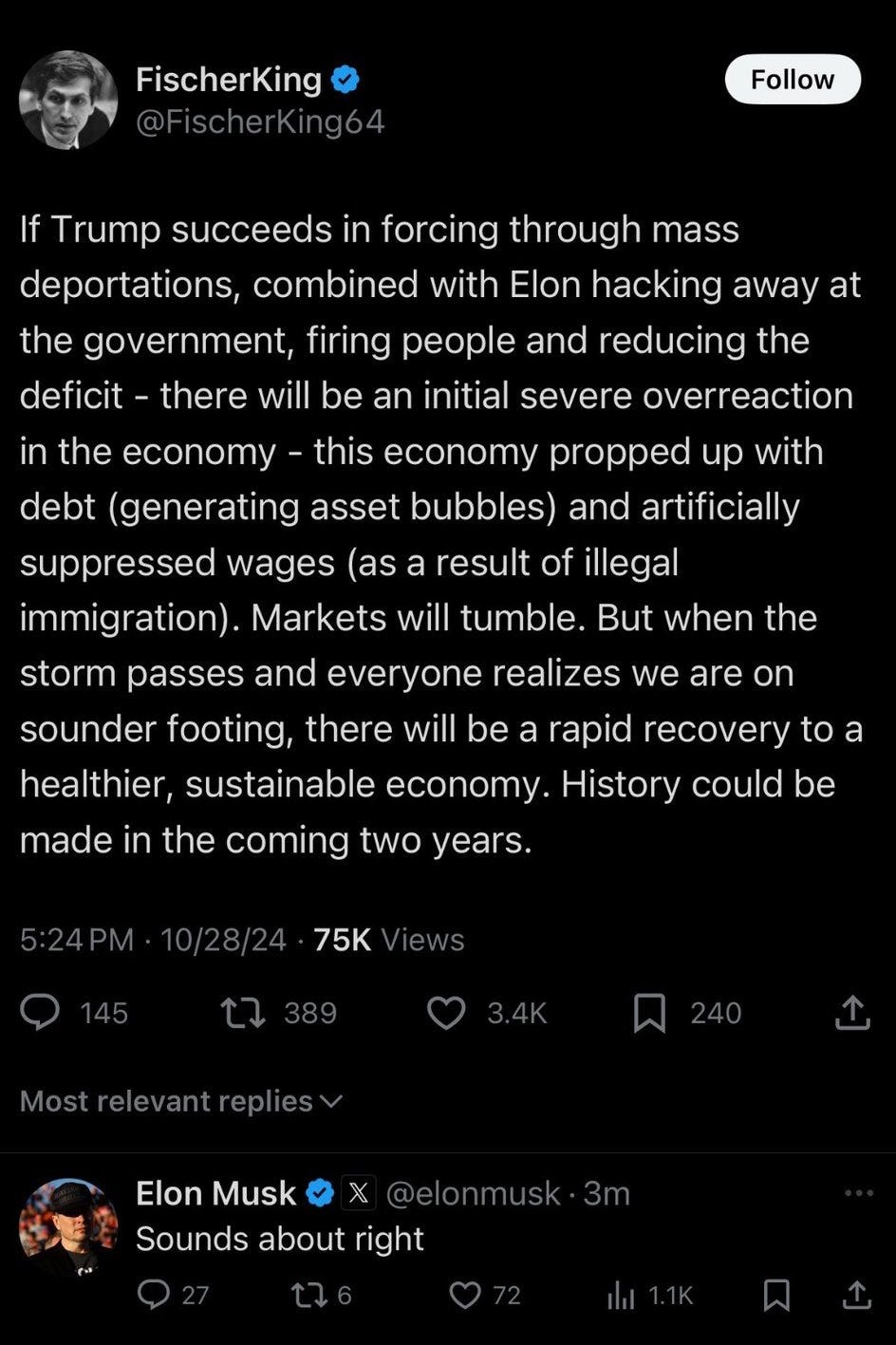



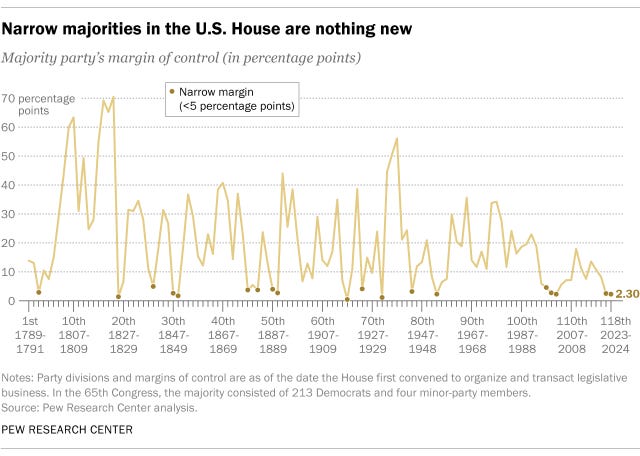
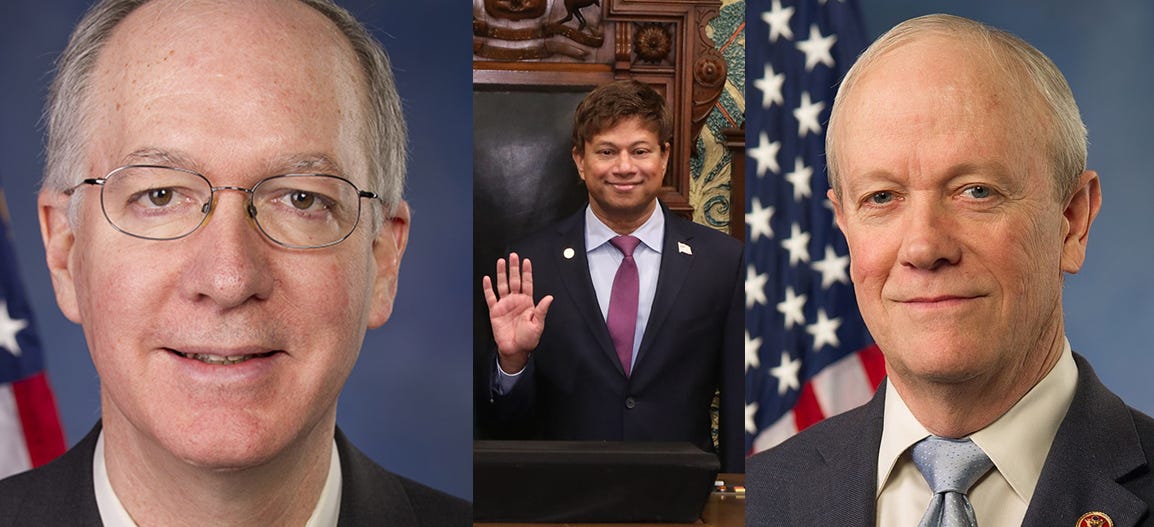
"I do not predict that Republicans will be able to win in Texas, because Hispanics will continue to culturally shift toward Republicans under Trump."
Shouldn't this say "Democrats," then?
https://www.brennancenter.org/our-work/research-reports/project-2025-would-fuel-assault-election-officials